45 pages • 1 hour read
Gabriel García MárquezThe General in His Labyrinth
Fiction | Novel | Adult | Published in 1989A modern alternative to SparkNotes and CliffsNotes, SuperSummary offers high-quality Study Guides with detailed chapter summaries and analysis of major themes, characters, and more.
Symbols & Motifs
The Labyrinth
The titular labyrinth is a symbol of the General's impossible position. As he approaches his death, he is beset by a rush of memories and regrets from his past. These memories and regrets trap him inside an inescapable prison of his own past. Like the mythical labyrinth, this prison has no way out: The General cannot get away from what he has done in the past, nor can he forget the times he failed to act. The violence associated with a military uprising, such as executions and torture, has left an indelible imprint on his mind. Similarly, he remembers the women he might have loved, had he allowed himself to be emotionally vulnerable with them. These actions and inactions forge together to create a labyrinth of regret which, as his death approaches, overwhelms the General and tortures his increasingly feverish mind.
The labyrinth is an important symbol in the novel because it addresses the tension between the General's legacy and his happiness. To achieve what he has achieved would have been impossible without having regrets. As he nears death and as the Republic of Gran Colombia begins to fall apart, however, those regrets become more pronounced until they warp and overshadow the good that they accompanied.
Related Titles
By Gabriel García Márquez

A Very Old Man With Enormous Wings
Gabriel García Márquez
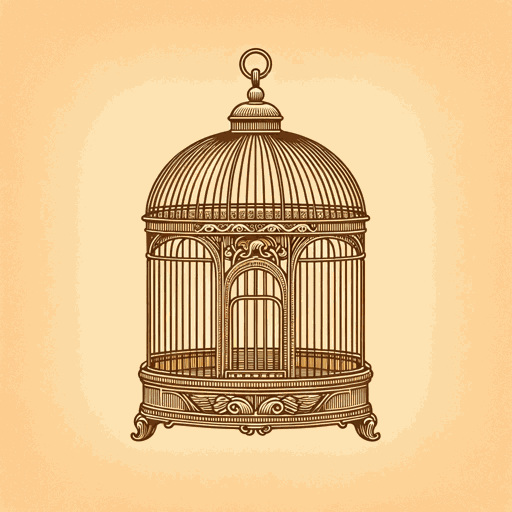
Balthazar's Marvelous Afternoon
Gabriel García Márquez
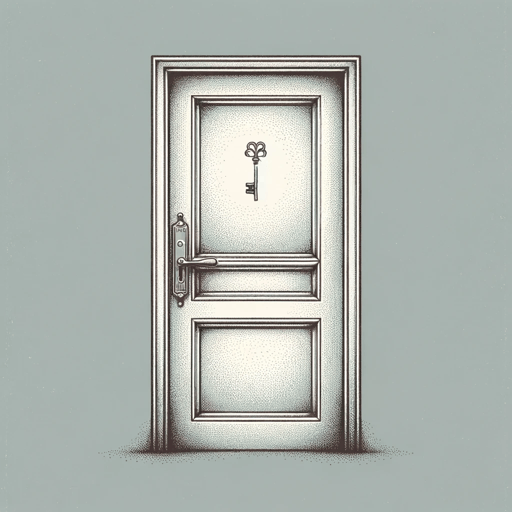
Chronicle of a Death Foretold
Gabriel García Márquez

Death Constant Beyond Love
Gabriel García Márquez

Eyes of a Blue Dog
Gabriel García Márquez

In Evil Hour
Gabriel García Márquez

Innocent Erendira
Gabriel García Márquez

Leaf Storm
Gabriel García Márquez

Love in the Time of Cholera
Gabriel García Márquez

Memories of My Melancholy Whores
Gabriel García Márquez

News of a Kidnapping
Gabriel García Márquez
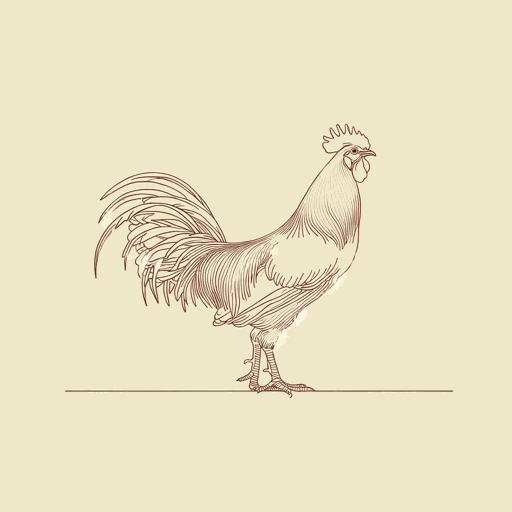
No One Writes To The Colonel
Gabriel García Márquez

Of Love And Other Demons
Gabriel García Márquez
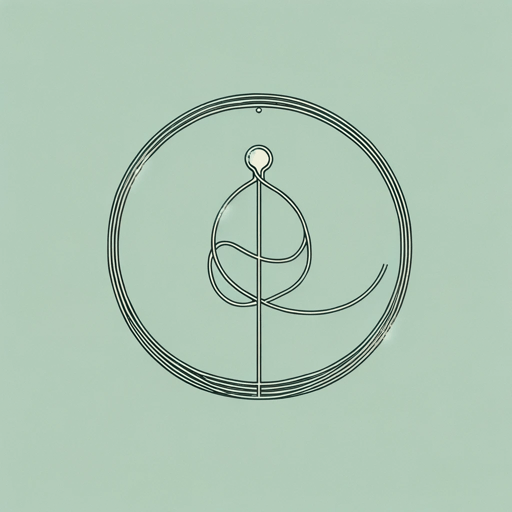
One Hundred Years of Solitude
Gabriel García Márquez
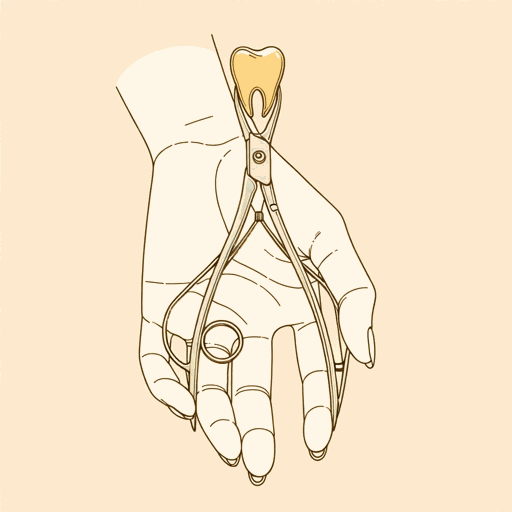
One Of These Days
Gabriel García Márquez

Strange Pilgrims
Gabriel García Márquez
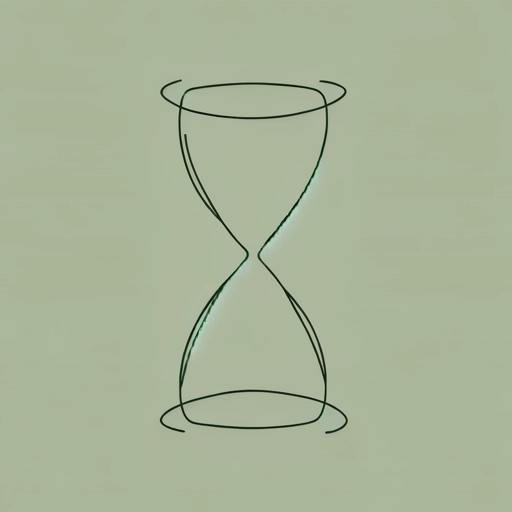
The Autumn of the Patriarch
Gabriel García Márquez, Transl. Gregory Rabassa

The Handsomest Drowned Man in the World
Gabriel García Márquez

The Story of a Shipwrecked Sailor
Gabriel García Márquez
Featured Collections
Colonialism & Postcolonialism
View Collection
Fate
View Collection
Hispanic & Latinx American Literature
View Collection
Magical Realism
View Collection
Mortality & Death
View Collection
Nobel Laureates in Literature
View Collection
Politics & Government
View Collection
Valentine's Day Reads: The Theme of Love
View Collection

